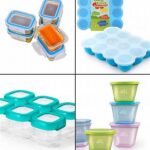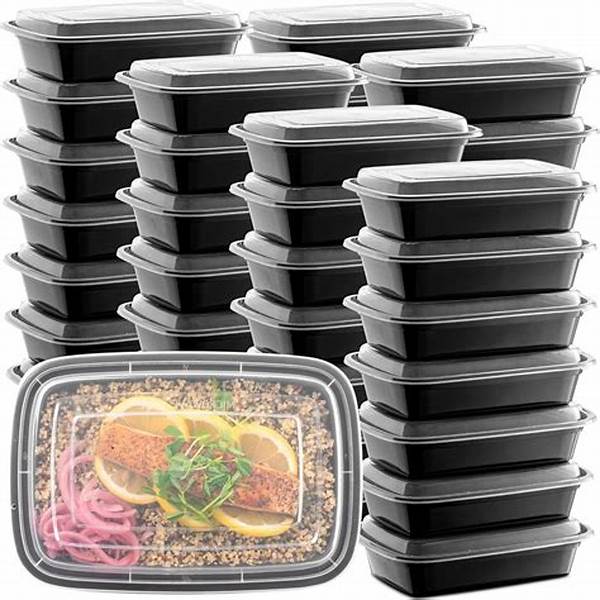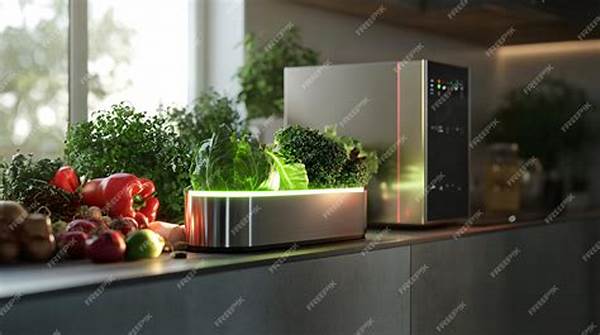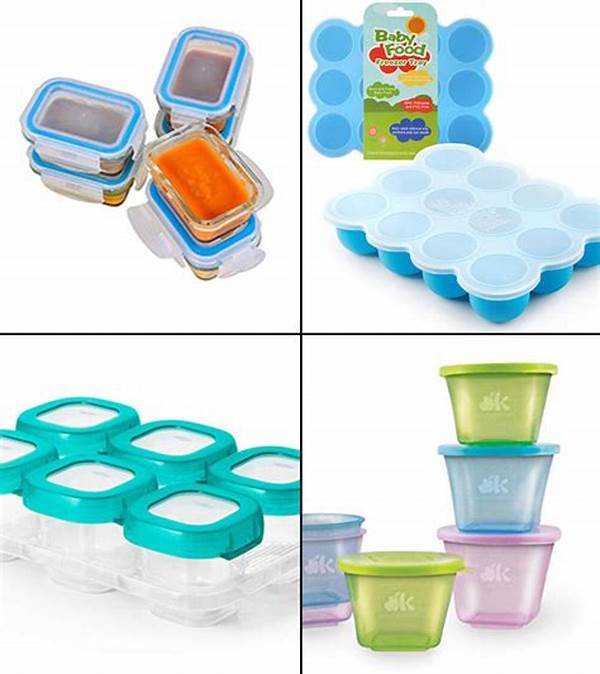The Rise of Meal Prepping and Plastic Containers
Imagine stepping into your kitchen on a busy weekday morning, already running late for that important meeting, but knowing your meal is prepped, packed, and ready to go. This dream scenario has become reality for millions, thanks to the rise of meal prepping—a lifestyle choice that’s not only practical but also promotes health and financial savings. Enter the hero of our story: plastic food containers. But the question remains, “Are plastic food containers safe for daily meal prepping in 2025?”
Read More : Sea Containers For Backyard Gyms Becoming A Viral Trend
In a world where sustainability and health consciousness are on everyone’s minds, the humble plastic food container has been scrutinized, praised, and sometimes, misunderstood. As you dive into this article, we’ll unravel these perceptions through engaging storytelling, compelling statistics, and expert interviews. By the end, you’ll not only have clarity but perhaps a renewed outlook on incorporating plastic food containers into your lifestyle—competitively priced, undeniably convenient, and yes, safe!
Understanding the Safety of Plastic Food Containers
Advances in Plastic Technology
The year 2025 has seen significant advancements in how plastic is manufactured. You’ve probably heard about the dangers of Bisphenol A (BPA)—an industrial chemical previously used in making certain plastics and resins. Good news: the majority of food containers today are BPA-free, made using safer materials that limit chemical leaching into food. Plastic manufacturers have invested in research and development to create robust, health-conscious options.
The Science Behind Plastic Safety
Experts agree that when used correctly, plastic food containers don’t pose a health risk. Proper usage refers to avoiding high-temperature exposure unless specifically designed for it—like being microwave-safe. Manufacturers label containers clearly, offering guidance on optimal usage conditions. Let’s not forget that these containers have passed rigorous standards—both national and international—aiming to protect consumers and the environment.
Practical Benefits of Plastic Food Containers
When it comes to practicality, plastic food containers reigned supreme. Lightweight yet durable, these containers withstand the intense juggling act that is modern life. Whether you’re meal prepping for yourself or a family of five, their stackable design saves space, while their affordability saves money. These days, convenience forms a crucial component of lifestyle, and plastic containers exemplify this.
Tips for Safely Using Plastic Food Containers
Check for Quality Marks
Before you rush to buy plastic food containers safe for daily meal prepping 2025, check for quality certifications like FDA or similar standards. Brands providing certified products often make information available on their packaging or company websites. Your health is a worthy investment, and informed decisions are its currency.
Follow Care Instructions
Sounds simple, right? Yet many ignore this fundamental aspect. Care instructions often indicate how to avoid the risk of contamination. For instance, some containers might be dishwasher-safe but not suitable for microwave use. Following these instructions ensures longevity and safety, protecting both your food and your well-being.
Regularly Inspect Your Containers
Make it a habit to inspect your plastic food containers regularly. Scratched or damaged containers can harbor bacteria and should be recycled. Keep an eye on the containers’ condition, ensuring they continue to serve you safely and effectively in 2025 and beyond.
Read More : Trash Containers In Pekanbaru
The Bigger Picture: Industry Trends and Consumer Awareness
Sustainability Drives Innovation
The movement towards sustainability influences how plastic food containers are produced and disposed of. Recycling programs have expanded, urging consumers to participate actively. Brands adopting eco-friendly practices appeal to the environmentally-conscious consumer, blending convenience with conscience. This has fostered trust and heightened demand for sustainable products.
Consumer Testimonials and Experiences
Listen to the testimonies of your like-minded peers; they’re not just stories; they’re celebrations of success. From working professionals to fitness aficionados, testimonials highlight real-world experiences that inspire smart choices. Satisfaction stems from functionality and safety, creating resonant stories worth sharing. If Jane from marketing can meal prep seamlessly, why can’t you?
Shaping the Future of Meal Prepping
Today’s consumption patterns shape tomorrow’s product development. The shift towards healthier, time-savvy lifestyles necessitates innovation in food storage solutions. Safety, efficiency, and environmental impact remain key focus areas, fostering a new wave of consumer-friendly, earth-conscious products—heralding an era of plastic food containers safe for daily meal prepping 2025.
Conclusion: Embracing the Future of Meal Prepping
As 2025 unfolds, plastic food containers maintain their pivotal role in daily life, adapting to modern demands through innovation and heightened safety standards. When used responsibly, they prove invaluable allies in the quest for a balanced, efficient lifestyle. Consumers empowered with knowledge are the change-makers defining the next chapter of healthy living.
In embracing the future, let’s take informed actions, wielding plastic containers responsibly as we stride toward simplified meal prepping. Consider the stories shared, the safety measures championed, and the paths paved by sustainable practices. The real question isn’t when we’ll adapt—but how soon. Keep prepping, stay informed, and relish the journey ahead. After all, your health is timeless, and so is the essence of convenience.










